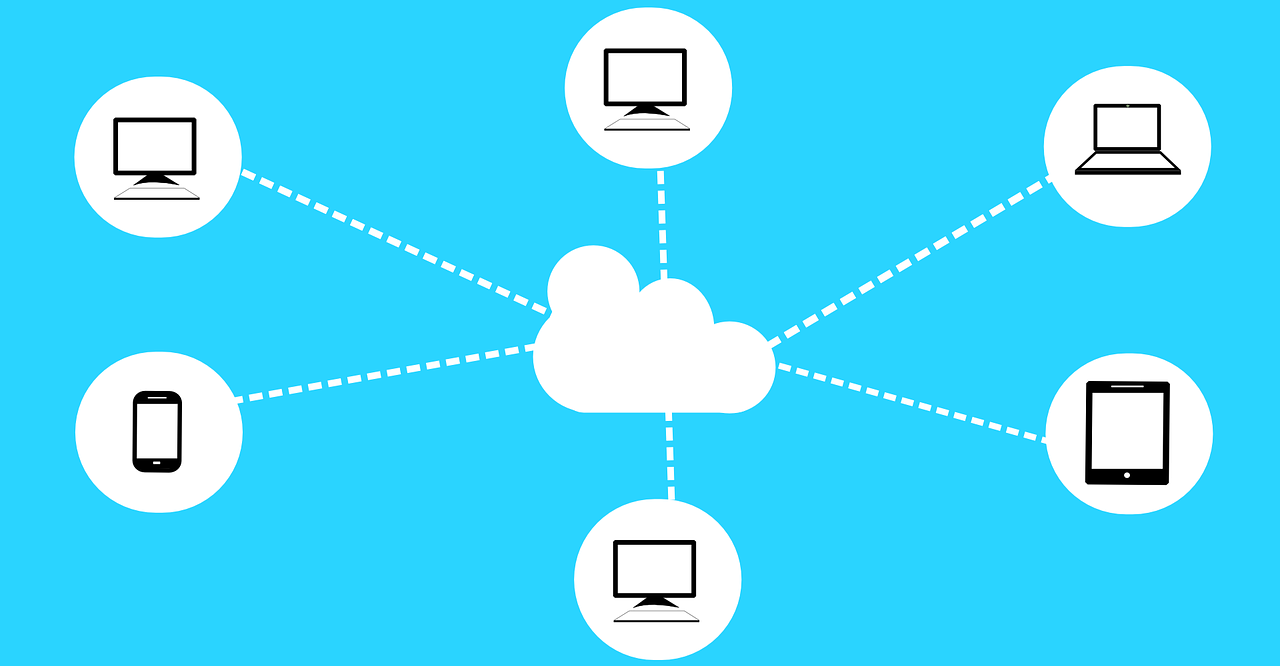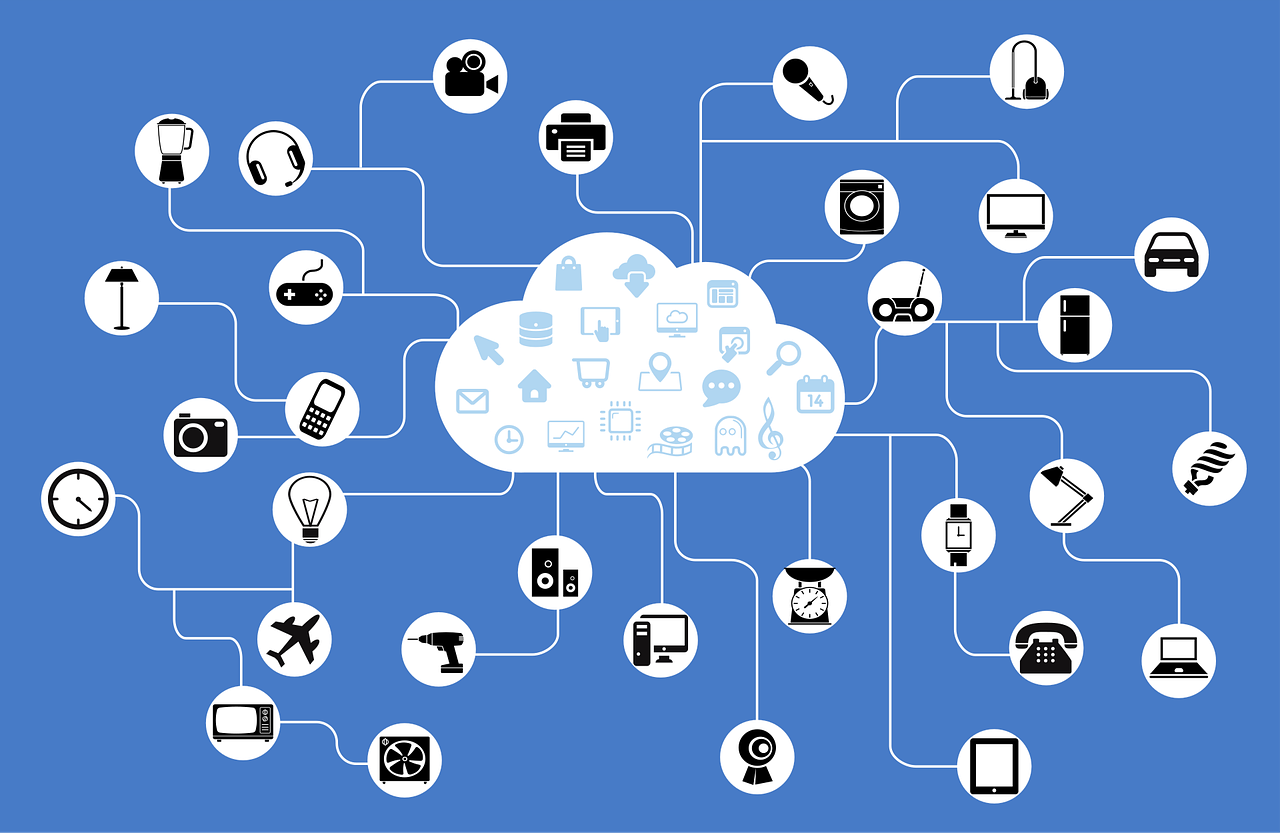What Is SD-WAN all about? In this post, I will explain SD-WAN and also show you its benefits for digital enterprises.
Digital transformation has reshaped how enterprises function, driving reliance on cloud platforms, SaaS applications, and hybrid work environments. Traditional networks, built to support static branch-to-data center connections, are increasingly unable to keep pace.
Employees expect seamless access to critical tools like Microsoft 365, Salesforce, and video collaboration platforms, regardless of location.
The rapid adoption of cloud-first strategies also introduces challenges: latency issues, high operational costs, and rigid MPLS contracts slow innovation. Enterprises need a flexible networking approach that balances speed, cost-efficiency, and security.
That’s why SD-WAN has become a cornerstone technology in modern enterprise strategies, providing the agility required to connect distributed users securely and reliably to cloud-based resources.
Table of Contents
What Is SD-WAN?
Software-Defined Wide Area Networking, SD-WAN, is an advanced networking solution that separates the control and data planes.
Unlike traditional WAN setups that rely heavily on expensive MPLS circuits, SD-WAN uses software intelligence to manage and optimize multiple types of connectivity, including broadband, LTE, and 5G.
At its core, SD-WAN allows organizations to intelligently route traffic based on application type, business priority, and real-time network conditions. Unlike MPLS or VPN solutions, SD-WAN is cloud-native and designed to adapt quickly to changing workloads.
For enterprises asking how it fits into their strategy, SD-WAN explained for business networks shows how it replaces older technologies and enhances performance, visibility, and security in distributed environments.
Key Components of SD-WAN
An SD-WAN solution typically includes centralized orchestration and management, allowing IT teams to control network policies and performance from a single dashboard.
Edge devices deployed at branch offices or remote sites connect users securely to enterprise applications.
These devices work hand in hand with intelligent traffic steering and application-aware routing to ensure that mission-critical workloads always take the optimal path.
How SD-WAN Works in Practice
SD-WAN employs dynamic path selection in real-world use, meaning it continuously evaluates available connections and routes traffic accordingly. For example, a video conferencing call may take the lowest-latency link, while file downloads use more cost-efficient broadband.
Security is built through encryption and tunneling, protecting sensitive data as it travels between users, branches, and the cloud.
Additionally, SD-WAN integrates seamlessly with popular cloud platforms, offering direct and secure connections to services like AWS, Azure, and Google Cloud, eliminating the inefficiencies of data center backhauling.
Performance Limitations of Traditional WANs
Legacy WAN designs struggle under the demands of digital enterprises. Backhauling all traffic through a central data center creates unnecessary latency, making SaaS and real-time applications sluggish. MPLS circuits, while reliable, come with high costs and long provisioning times, limiting scalability.
As businesses expand globally and embrace multi-branch operations, legacy WANs fail to scale effectively. Security challenges further complicate matters, as extending workloads into cloud and hybrid environments exposes more potential vulnerabilities without adequate protection.
Benefits of SD-WAN for Digital Enterprises
For digital enterprises, SD-WAN delivers multiple advantages. The first is performance, which ensures faster and more reliable access to cloud workloads and SaaS applications. Employees across the globe can experience low-latency, high-quality connections to the tools they rely on daily.
Cost savings are also significant, as enterprises can leverage broadband and 5G instead of relying solely on costly MPLS circuits. This flexibility frees up resources for other digital initiatives.
Agility and scalability are other benefits, with SD-WAN allowing rapid deployment across branches and regions. Security is enhanced through built-in encryption, segmentation, and integration with Zero Trust frameworks. Operational efficiency improves because centralized management gives IT teams full visibility and control, reducing complexity and administrative overhead.
Real-World Use Cases
Enterprises across industries are adopting SD-WAN to solve critical business challenges. SD-WAN ensures secure, enterprise-grade performance regardless of location for hybrid and remote workforces.
Organizations running multi-cloud environments benefit from optimized connectivity to SaaS platforms like Microsoft 365, Zoom, and Salesforce.
Retailers and banks improve multi-branch connectivity with centralized orchestration and consistent policy enforcement. Meanwhile, healthcare providers and manufacturers secure IoT and industrial edge devices with built-in SD-WAN security capabilities.
Security Considerations in SD-WAN
Security remains a core pillar of SD-WAN adoption. End-to-end encryption protects data in motion, while intrusion prevention systems detect and block malicious activity.
Modern SD-WAN solutions often integrate with Secure Access Service Edge (SASE), unifying networking and security in a single platform.
Zero Trust principles further strengthen protection by verifying every user and device, whether they operate inside or outside the corporate network. These measures reduce the risk of lateral movement and protect sensitive workloads.
Measuring the Business Impact
The business impact of SD-WAN is measurable and substantial. Organizations report reduced downtime and improved customer experiences due to resilient, high-performance connections.
Telecom costs drop significantly when MPLS circuits are replaced or supplemented with broadband and wireless connections.
Enterprises also highlight stronger ROI through centralized management and automation, which reduces the time and resources required to maintain network operations.
Case studies across sectors consistently show that SD-WAN adoption translates to measurable operational and financial benefits.
Best Practices for Deploying SD-WAN
Successful deployment starts with a network readiness assessment to identify performance gaps and requirements. Choosing providers with strong security and cloud-native integration ensures long-term compatibility.
Rolling out SD-WAN in phases helps minimize disruptions, allowing IT teams to test and refine policies before enterprise-wide deployment. Continuous monitoring and optimization post-deployment are essential to maintaining performance and security.
Future Trends in SD-WAN for Digital Enterprises
The future of SD-WAN will be shaped by intelligence and automation. AI-driven network optimization will allow enterprises to predict performance issues before they impact users. Integration with 5G and edge computing will unlock new levels of real-time capability.
Fully autonomous, self-healing networks are on the horizon, reducing human intervention while delivering resilience at scale. These innovations will make SD-WAN an even more vital enabler for enterprises pursuing digital growth.
Conclusion
SD-WAN has become essential for digital enterprises looking to balance performance, security, and agility. Overcoming legacy WANs’ limitations empowers organizations to scale globally, support hybrid workforces, and deliver exceptional digital experiences to customers.
SD-WAN provides a strategic advantage in a landscape defined by cloud adoption, SaaS expansion, and evolving threats. Enterprises prioritizing SD-WAN adoption will be better equipped to achieve long-term digital success.
FAQs
How does SD-WAN improve performance for cloud applications?
It provides direct-to-cloud connectivity and intelligent routing, which reduces latency and ensures reliable access to SaaS platforms and real-time applications.
Can SD-WAN fully replace MPLS in enterprise networks?
Yes, in many cases. However, some organizations opt for hybrid models, using SD-WAN with broadband and 5G while retaining MPLS for specific critical workloads.
What industries benefit the most from SD-WAN adoption?
Industries with distributed operations, such as retail, healthcare, finance, and manufacturing, see the most significant benefits due to improved connectivity, scalability, and security.
INTERESTING POSTS
About the Author:
Meet Angela Daniel, an esteemed cybersecurity expert and the Associate Editor at SecureBlitz. With a profound understanding of the digital security landscape, Angela is dedicated to sharing her wealth of knowledge with readers. Her insightful articles delve into the intricacies of cybersecurity, offering a beacon of understanding in the ever-evolving realm of online safety.
Angela's expertise is grounded in a passion for staying at the forefront of emerging threats and protective measures. Her commitment to empowering individuals and organizations with the tools and insights to safeguard their digital presence is unwavering.










